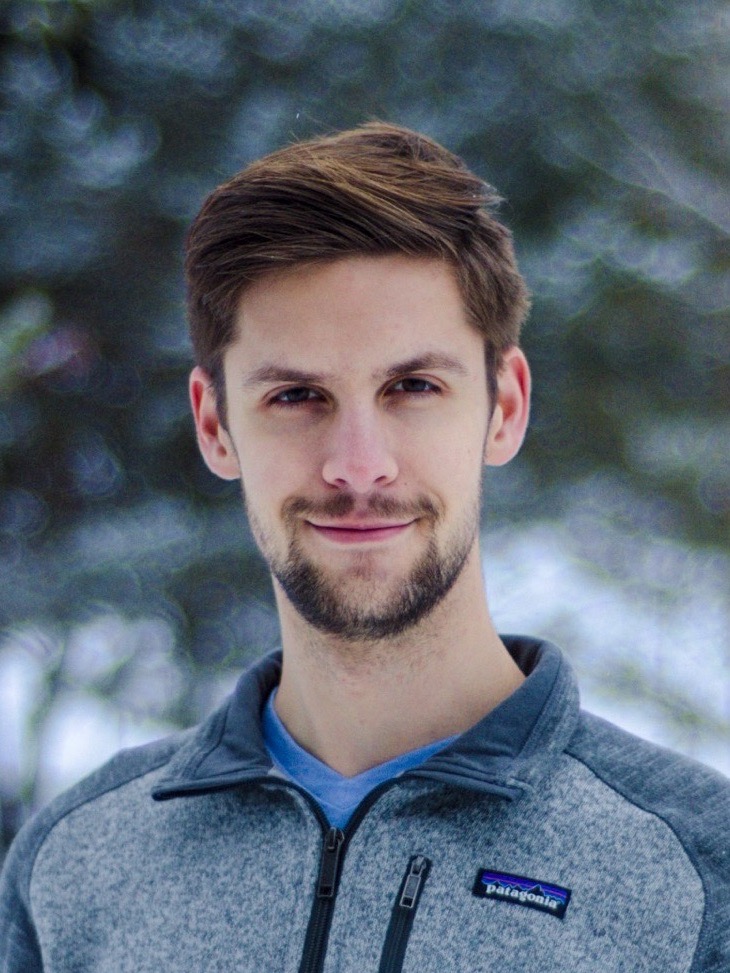CUOS Seminar | Optics Seminar
Optics Noon Seminar
This event is free and open to the publicAdd to Google Calendar

Brandon K. Russell: Extreme magnetic field generation in ultra-intense laser solid interactions
In the interaction of ultra-intense laser pulses (>1023 W/cm2) with solid targets it is expected that (0.1 MT) magnetic fields may be generated, potentially allowing for the experimental study of extreme astrophysical phenomena e.g. relativistic magnetic reconnection. At these extreme laser intensities a significant fraction of the pulse energy may be converted to radiation or electron-positron pairs, limiting magnetic field generation. Using the quantum electrodynamic (QED) module in the OSIRIS particle-in-cell code, we perform several 2D simulations to study magnetic field generation and create a scaling of magnetic field strength over a range of laser intensities relevant to next-generation laser facilities. A set of equations are derived to allow for the estimate of target-surface magnetic field strength from laser parameters. This work was supported by the NSF (1751462). The OSIRIS Consortium (UCLA and IST) provided access to the OSIRIS 4.0 framework (NSF ACI-1339893).
Nicholas Peskosky: Novel high-repetition microfluidic targets for femtosecond laser-driven D-D fusion
Recent advancements in photonic engineering have realized chirped pulse amplification and optical parametric chirped pulse amplification architectures capable of delivering femtosecond NIR beams with terawatt peak intensities and near kilowatt average powers. These emerging high field science drivers are ideally suited for high-brightness particle acceleration mechanisms owing to their kHz/MHz pulse repetition rates. Furthermore, the interaction of such high intensity laser pulses (~1018 W/cm2) with suitable liquid density targets can accelerate deuterons (>1MeV) via target normal sheath acceleration and generate intense fast neutron pulses from the d(d,n)3He nuclear fusion reaction. In this talk I will discuss the design, development and testing of a high-repetition liquid target system that can synthesize spatio-temporally synchronized micron-scale jets and droplets via pulsed electrohydrodynamic extraction. Shot campaigns on the relativistic λ3 Ti:Sapphire laser system using this target system yielded >4×104 neutron/sec confirmed via fast neutron dosimetry. Experimental results presented will include confirmation of the 2.45 MeV characteristic neutron via pulse shape discrimination enhanced time-of-flight measurements and preliminary isotropic yield scaling data. Current and proposed work involving micron-scale aerosol plume targets will also be briefly discussed.
Pizza will be served free of charge
 MENU
MENU 
